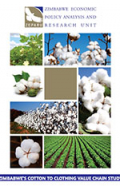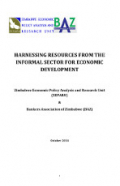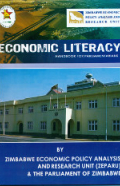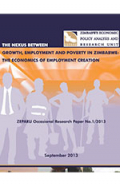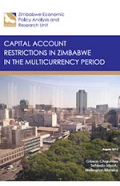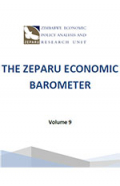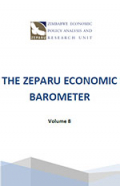The study revealed the extent of the destruction of the TC sub-sector and its ancillary industries beginning from the time of ESAP to the present.
Publications
The Bankers Association of Zimbabwe in their quest to address the challenges and the exploit opportunities brought about by the new economic structure, proactively conducted this study in partnership with ZEPARU to ascertain how the informal sector can contribute to economic development through the formal banking channels
The purpose of this working paper is to critically review the financial regulation and its supervisory architecture in Zimbabwe.
The aim of the Economic Literacy Handbook is to equip newly elected Members of Parliament with basic economic language that is used in major economic policies like the National Budget and the Monetary Policy Statements.
The Chemical Industries value Chain Analysis Study for Zimbabwe was called for by ZEPARU in collaboration with USAID-SERA program.
This study examines the contribution of the financial sector to economic activity over four economic policy regimes since independence in 1980.
Even before the decade-long economic crisis, the economy of Zimbabwe was already failing to absorb the high numbers of people.
Since the introduction of the multi-currency regime (MCR) in February 2009, economic growth has returned to positive levels.
The Zimbabwean economy has maintained price stability, with annual inflation at 1.87% in June 2013, which is within targeted levels.
This paper attempts to assess Zimbabwe’s agricultural competitiveness, in terms of the sector’s performance, and challenges to expanding the sector and improving competitiveness.
The introduction of multi-currency system in the country brought about economic stabilisation, as most critical sectors of the economy registered growth.





